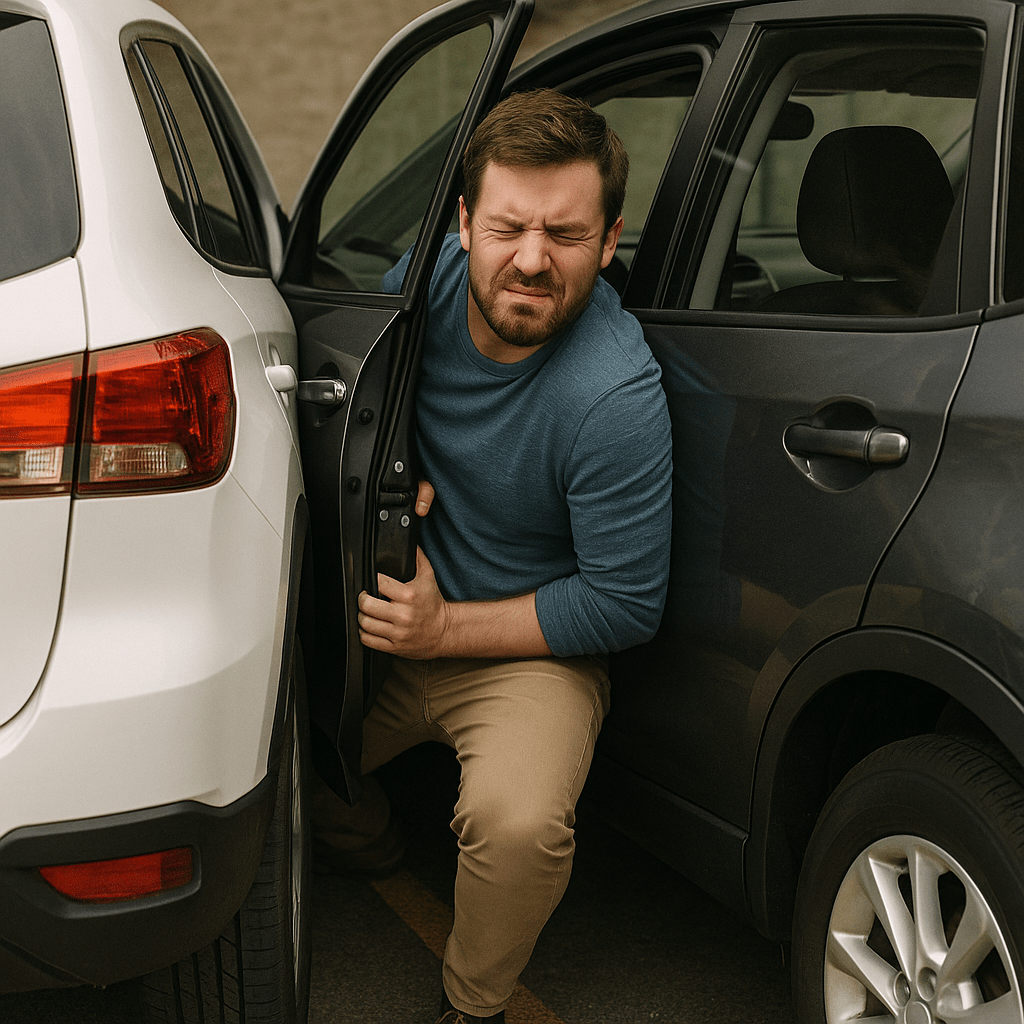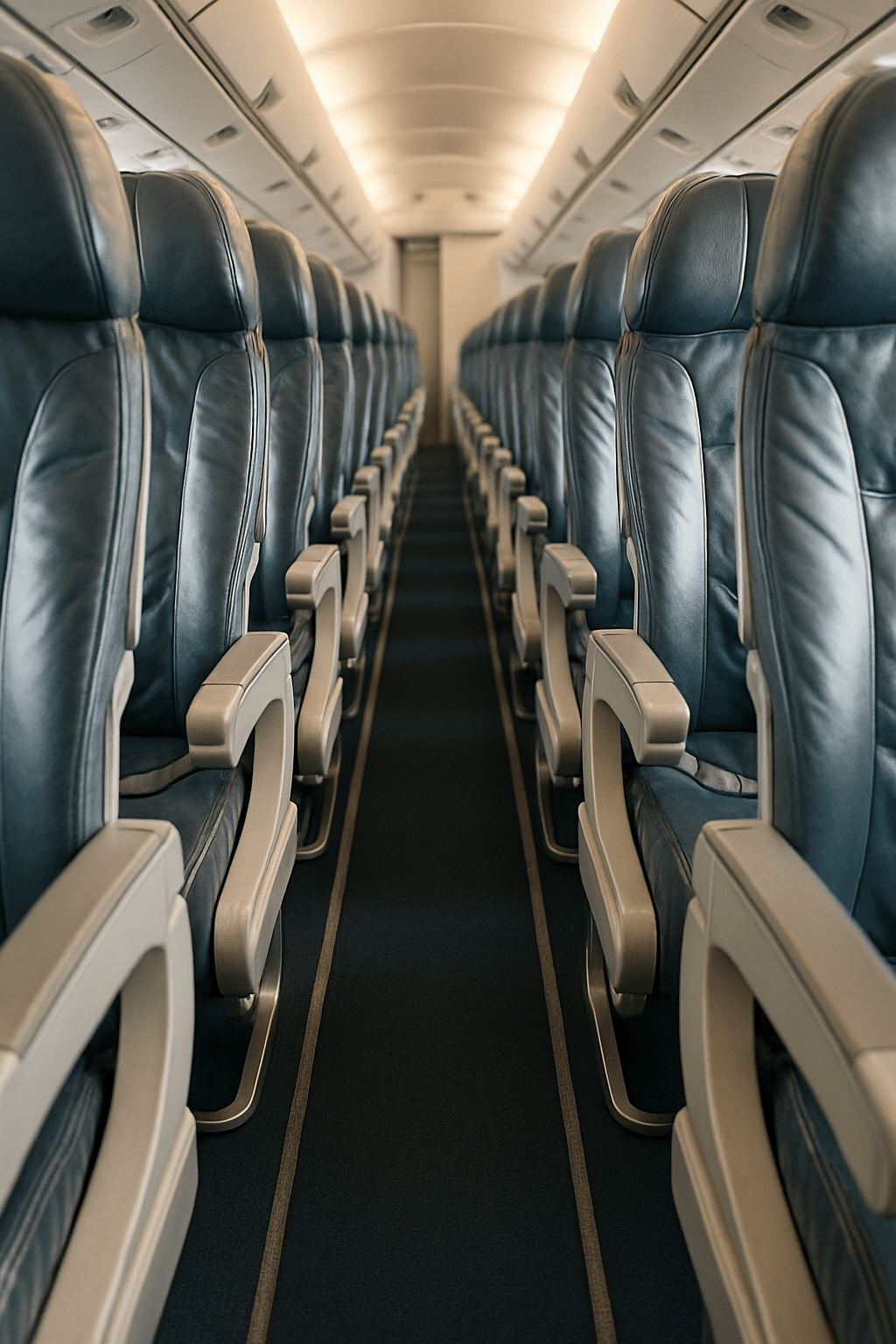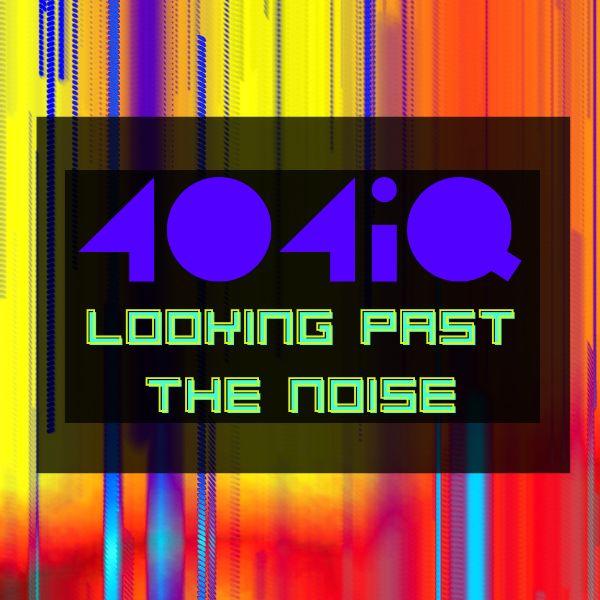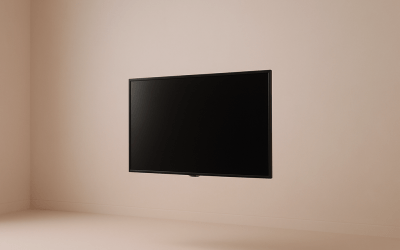The world has always been obsessed with doing things faster, smoother, cleaner, and with fewer bumps along the way. Yet somehow, we’re still constantly frustrated. Case in point: a parking lot. A simple rectangle of painted lines, baked in the sun, populated by SUV-driving humans all pretending we’re spatially gifted. And yet, there I was — wedged between two cars like a paperback in a bookshelf, wondering how much flexibility I’d need to develop just to exit my own vehicle.
This was not about my driving skill (which is obviously flawless). It was about efficiency — or rather, the pursuit of efficiency so intense that we’ve optimized ourselves into discomfort. The parking spaces were technically correct. Each car was perfectly centered. And the result? A claustrophobic, door-dinging nightmare.
So, it got me thinking: Is there a point where efficiency stops being efficient?
Parking Lots as Microcosm of Efficiency Culture
The modern parking lot is a perfect metaphor for the world we’ve engineered. We want more of everything — more cars, more stores, more “convenience.” So the people in charge of designing these asphalt landscapes did what capitalism trained them to do: maximize the number of spaces. More bays → more customers → more revenue. It makes sense, at least on paper.
But here’s the uncomfortable truth: somewhere between maximizing profits and minimizing walkway distance, we forgot the one small detail that should matter — humans have bodies. Arms. Shoulders. Children. Grandparents. Groceries. Fragile coffee cups. Swollen gym bags. A moment of existential panic as you squeeze yourself between a door and a stranger’s vehicle like a stressed accordion.
In the pursuit of squeezing more in, we’ve squeezed out ease, comfort, and basic dignity.
And this shows up everywhere. Airplanes with seats narrower than your average emotional bandwidth. Apartment complexes where neighbors share walls so thin you learn their sleeping schedule. “Space-saving kitchens” that assume no one actually cooks.

Are We Designing for Humans or Just Maximizing Space?
Modern design philosophy has become a numbers game. If it fits, it sits — and if it earns, it stays. The question of whether a person can comfortably exist within that space is often an afterthought. Or worse, ignored entirely.
We’ve become so enamored with “optimization” that we treat comfort as a luxury rather than a default. But is this inevitable? Is it cost-driven? Cultural? Competitive?
There’s a strong argument that we’re following trends guided by retail and real estate logic rather than human experience. For a deeper look at how this shapes our lives, consider the way crowded modern spaces are now considered “normal.”
And yet, even as we roll our eyes at the absurdity, we continue participating in it. We book the flights. We rent the apartments. We park the SUVs. Because what choice is there? Efficiency is the current, and we are being pulled along.
When Efficiency Becomes Self-Defeating
Efficiency is supposed to make life easier. But past a certain point, it begins to work in reverse. You can only trim so much before something essential gets cut. And when that essential thing is comfort, ease, or basic sanity — the efficiency collapses in on itself.
There’s a threshold where shaving off one more inch doesn’t create progress — it creates resentment.
You know the resentment well. The airplane seat you can barely turn in. The shrinking cup of your favorite snack that now costs more than ever. The apartment sold as “cozy,” which is real estate language for “you will hear your neighbor sneeze at 2:14 AM.”
Efficiency, divorced from empathy, becomes extraction. Not innovation.
What Happens When Everything Is Optimized?
Let’s imagine utopian efficiency. Every centimeter of public and private life engineered with razor precision. No wasted space. No air pockets. No excess. Beautiful, right?
Or maybe dystopian.
Because when everything is optimized, life becomes a series of tolerances. There’s no room to breathe. No room for the unexpected. No room for the human condition — which is, by nature, a little loose, a little sloppy, a little inconsistent.
To understand how deeply this mindset has embedded itself into culture, it’s worth exploring efficiency obsession and the way companies justify micro-optimization as progress.
The problem isn’t efficiency itself — it’s forgetting why we wanted efficiency in the first place.

So Where Does Efficiency End?
Maybe the real question isn’t whether we’ll reach peak efficiency — but what we’ll sacrifice to get there. Will we give up legroom? Personal space? Breathing room? Peace?
Progress without perspective isn’t progress at all — it’s drift.
We chase efficiency because we believe it will simplify life. But sometimes, the thing we are simplifying is our own ability to enjoy the moment.
If you’re curious how society frames this pursuit of perfection, there’s an intriguing discussion of utopian optimization and why the dream often collapses under its own idealism.
The truth is: we don’t actually need perfect efficiency. We just need enough efficiency to free up time and space to live with grace.
A Small Step Backward Might Be Progress
Imagine if the mall removed four parking spots per row and widened the rest. Sure, fewer customers could park. But those who did? Happier. Less dented. Less rage-induced. More likely to buy something instead of silently planning the mall manager’s downfall.
Efficiency is best when it supports humanity — not replaces it.
So maybe the answer to the opening question is this:
We may never be 100% efficient — and maybe we shouldn’t be.
Because life isn’t a math problem. It’s a weird, funny, overcrowded parking lot. And sometimes the most efficient thing we can do…
is simply give each other a little more space.





